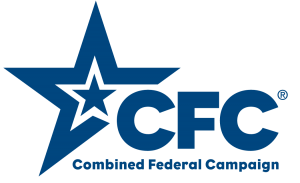Understanding How Poverty is Measured in the United States

Have you ever wondered how poverty in the United States is calculated? The way we define and measure poverty has a significant impact on the reported figures and the way we address the issue in local communities, and across the country.
The Institute for Research on Poverty at the University of Wisconsin-Madison provides an insightful explanation of two key methods:
- Official Poverty Measure (OPM)
- The Supplemental Poverty Measure (SPM).
While both measures aim to quantify poverty, they differ in their methodology, leading to varying results, which can make it difficult to fully understand what tactics we can take as a society to solve poverty.
The Official Poverty Measure (OPM), developed in the 1960s, is the traditional method used by the U.S. government. It calculates poverty based primarily on income and household size. The OPM does not account for regional cost-of-living differences or government assistance programs, such as food stamps or housing subsidies, which can impact a household’s actual living conditions. Unfortunately, this method leaves out a number of other factors that significantly, and often negatively, impact the lives of low-income individuals and families.
In contrast, the Supplemental Poverty Measure (SPM) offers a more comprehensive view. Introduced in 2011, the SPM takes into account additional factors, such as tax payments, work expenses, medical costs, and the value of in-kind benefits, such as food pantries, clothing banks, etc. It also adjusts for geographic differences in housing costs, providing a more nuanced understanding of financial hardship across the country.
These two measures yield different poverty rates. In 2023:
- The OPM indicated that 11.1% of Americans, or 36.8 million people, were living in poverty.
- The SPM, which accounts for a broader range of expenses and supports, showed a higher rate of 12.9%, meaning 42.8 million Americans were considered to be in poverty.
That’s a difference of 6 million lives! However, while the specific figures differ, both measures point to the same critical conclusion: tens of millions of people right here in the United States–-our own backyard–-are struggling to meet basic needs. Whether through the lens of the OPM or the more comprehensive SPM, poverty remains a serious and urgent issue.
Understanding these measures helps highlight the depth of the problem and underscores the importance of taking action to support our neighbors in need – the core mission of FOCUS.
But where do we go from here? These statistics are overwhelming whether you’re familiar with them or reading them for the first time. At FOCUS, we strive to bring Orthodox Christians together with Understanding about key issues in our society, and to provide resources for taking action. Here are a few steps you can take to start making a difference in the lives of your neighbors in need.



